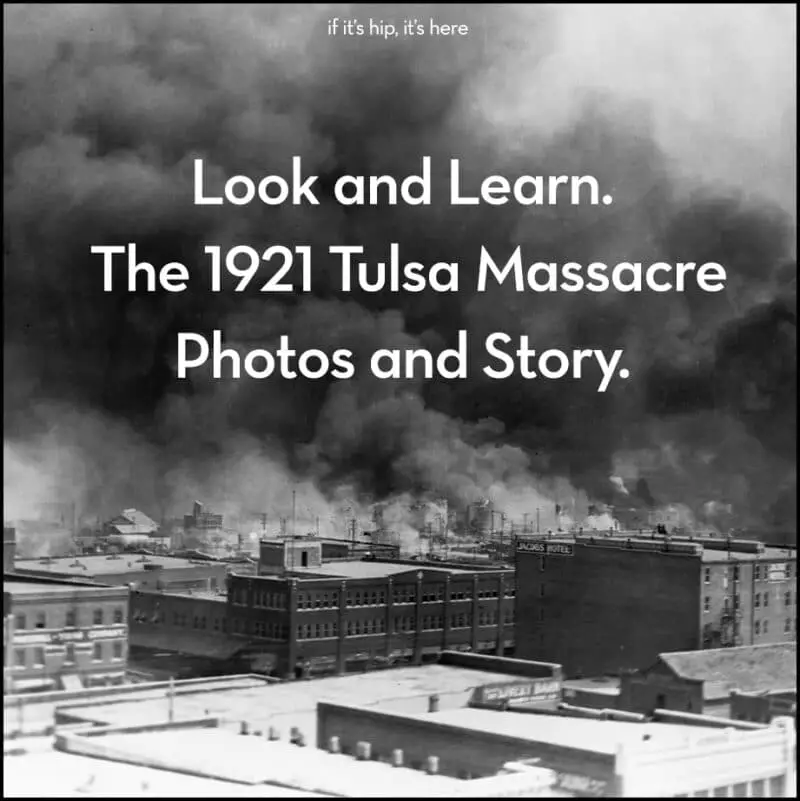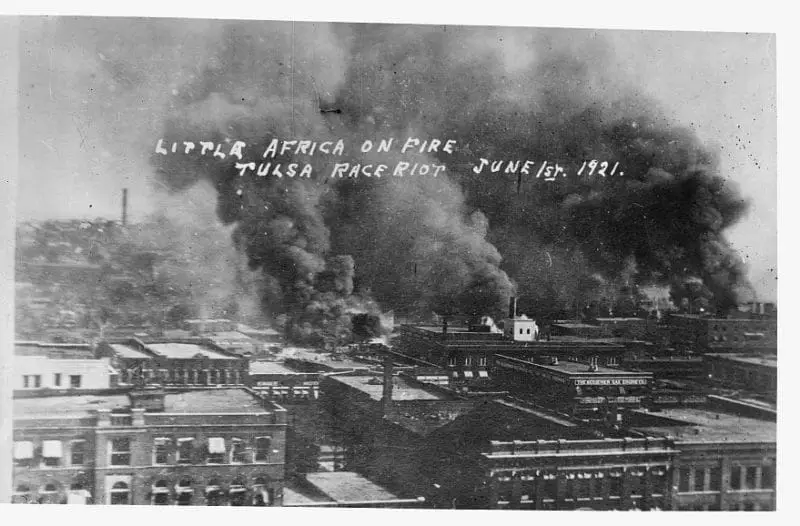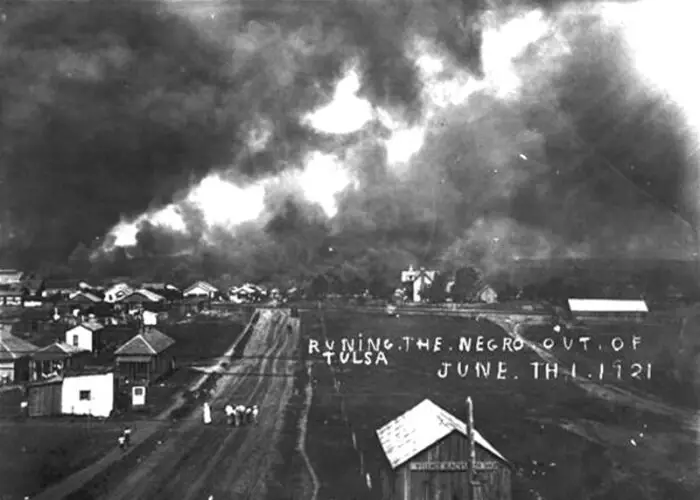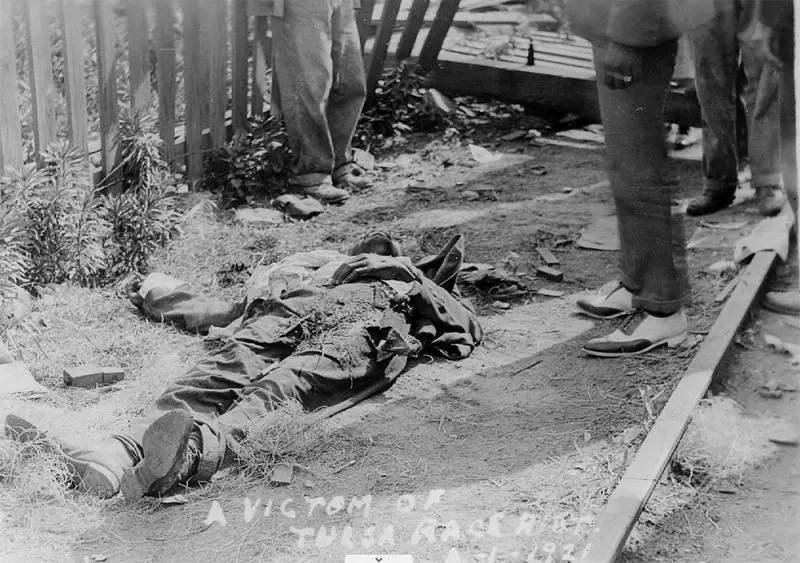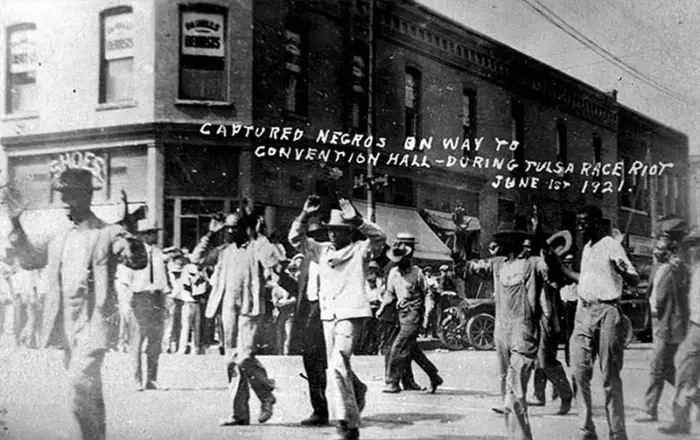I’m aware that, as a Creative Arts and Design blog, we’ve been more focused than usual on recent and current world events. But the Coronavirus pandemic, the Black Lives Matter Movement and the Politics inextricably linked to both have become such a part of all of our lives, ignoring them would be a disservice to myself as well as my readers.
The 1921 Tulsa Massacre Story and Photos
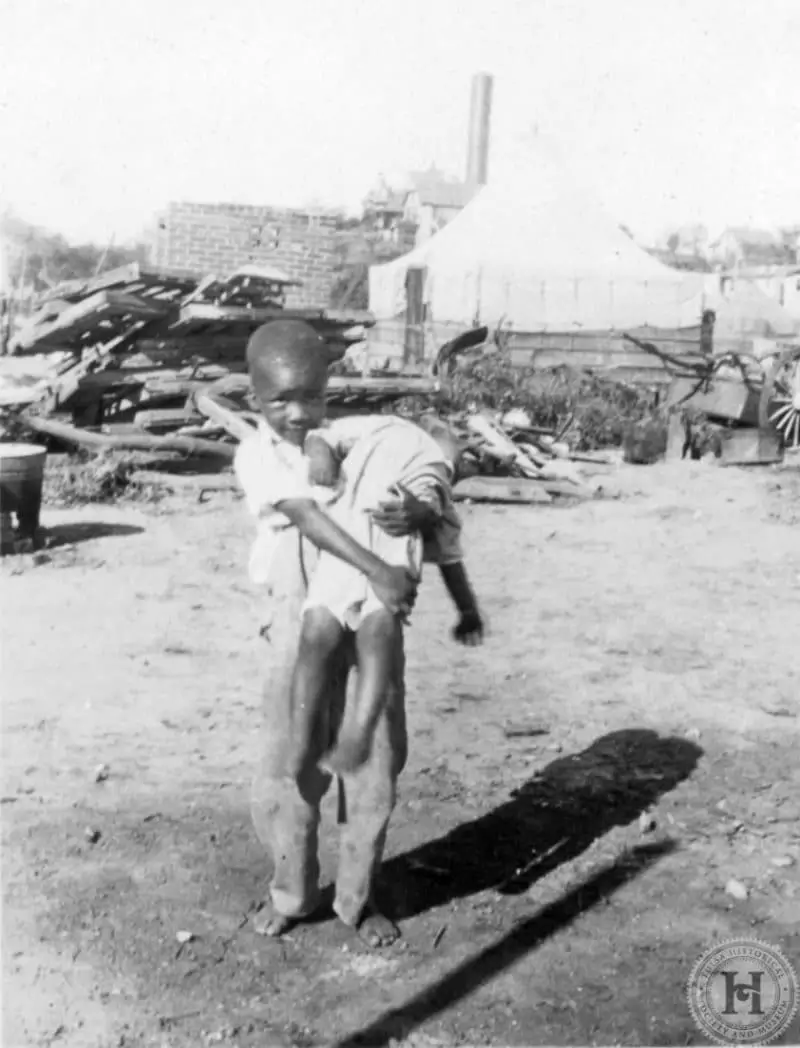
I learned about the 1921 Tulsa Race Riots (which really were more of a Massacre) from watching WATCHMEN on HBO. Not from my public school education, not from my text books, not from my parents or grandparents. From a TV show! I was shocked and horrified. How had I not been made aware of such an important event?
After that premiere episode of the HBO series, I had to look it up. I found myself spending hours sifting through photos in the Library of Congress and felt sickened as I read through the accounts online at the Tulsa Historical Society and Museum and several other reputable sites.
I had done all the research and garnered all the photos for a post about the Tulsa Race Riots in light of President Trump’s choice of the venue for his first campaign rally when – at the last minute, I decided it might be ‘too much’. That I was starting to look more like an activist than a design blogger. That my soap box speeches ought to be constricted to art-related ones. And that, perhaps, it wasn’t ‘my place’ to do so, being that I’m a White Jewish girl from California.
The video below is how I learned about Black Wall Street/ Greenwood/ Tulsa Massacre. (Update: An illustrated graphic novel of the massacre, crafted by The Atlantic’s marketing team and paid for by WATCHMEN on HBO can be seen here)
Then I saw a post on Facebook this morning about the community of Greenwood (the area decimated in the 1921 riots) featuring a few of the photos I had saved. I responded to that post, letting them know I had more photos I had collected from the LoC should they want to see them. My childhood school friend, Antonio Grayson, responded to my comment with – and I quote – “keep teaching please … you know you’re needed and have the skills to enlighten. IJS”
Well, how could I ignore that? It appealed to both my ego and my integrity. With that said, I’m going to take today to share with you difficult-to-look-at original photographs of the 1921 Tulsa Race Riots. It’s time for everyone to learn where and why Greenwood, also known as the Black Wall Street, a prosperous Black community, was the target of violent hate and racism.
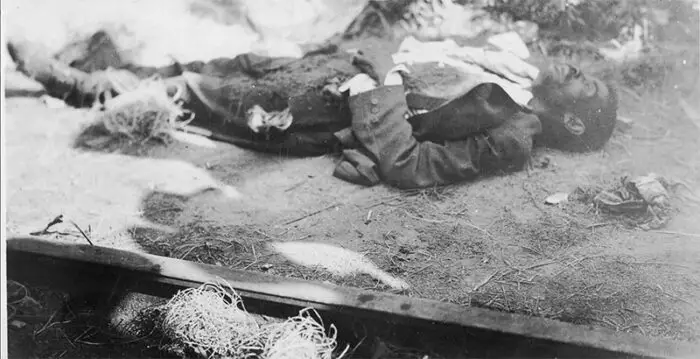
The impetus for the event? A 19 year old Black shoe shiner Dick Rowland was accused of sexual assault inside an elevator at the Drexel Building by the White 18 year old elevator operator Sarah Page. She screamed; Rowland fled the scene. The police were called, and the next morning they arrested Rowland. Sound familiar? Think To Kill A Mockingbird.

Rumors of what supposedly happened on that elevator had circulated through the city’s white community. A front-page story in the Tulsa Tribune that afternoon reported that police had arrested Rowland for sexually assaulting Page. By then angry White mobs were forming outside the courthouse, demanding Rowland be handed over to them, who according to rumors, wanted to lynch him. 75 or so Black men from the community assembled and came to the courthouse to try to protect Rowland but they were met by over 1500 White men, several of them armed with weapons. Shots were fired, and 18 hours of destruction, rioting and looting followed.
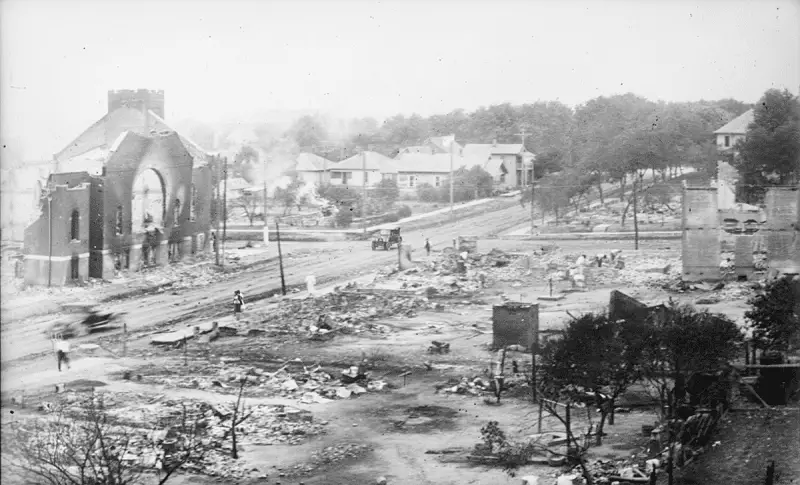
The Tulsa Race Massacre occurred over 18 hours on May 31-June 1, during which a White mob attacked residents, set fires to homes, churches and businesses and murdered African Americans in the predominantly Black neighborhood of Greenwood in Tulsa, Oklahoma.
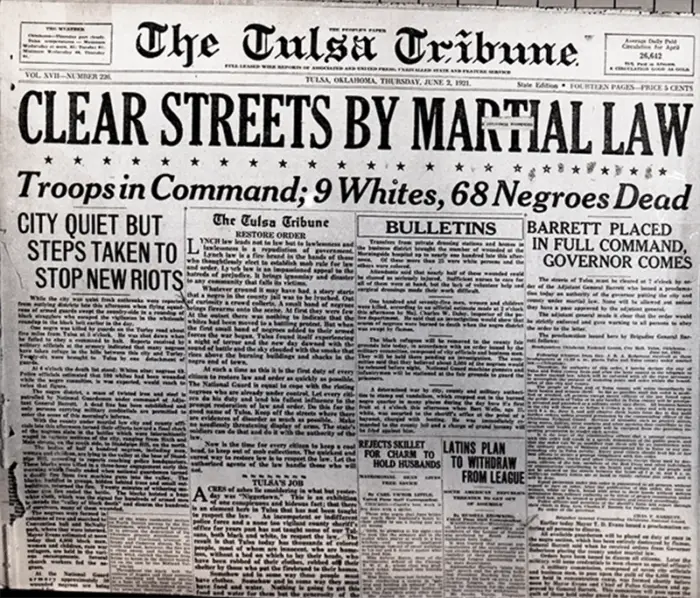
By the time the National Guard arrived and Governor J.B.A. Robertson had declared martial law shortly before noon on June 1st, the riot had effectively ended. Though guardsmen helped put out fires, they rounded up and imprisoned many Black Tulsans, and by June 2 some 6,000 people were under armed guard at the local fairgrounds. (This is, of course, a very abridged version of the event).
The event remains one of the worst incidents of racial violence in U.S. history, and one of the least-known: News reports were largely squelched, despite the fact that hundreds of people were killed and thousands left homeless.
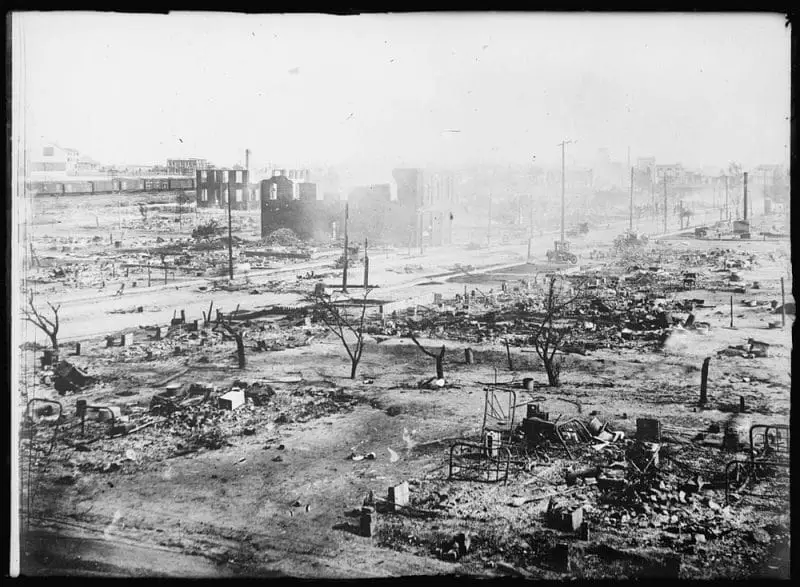
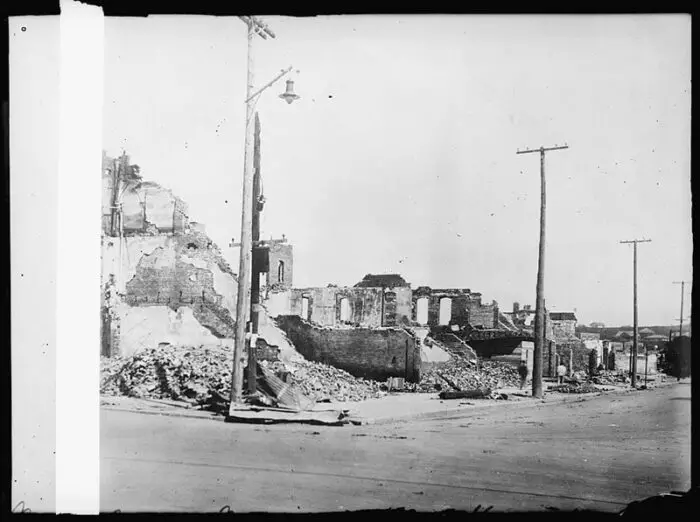
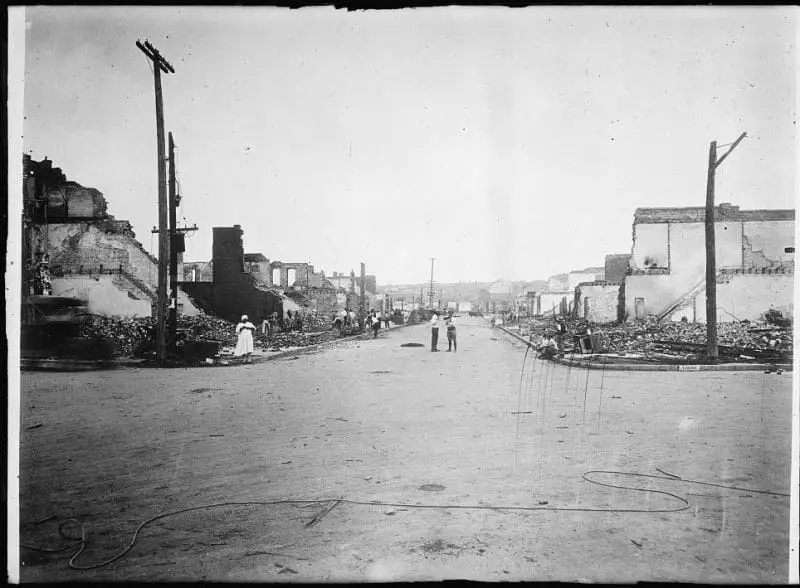
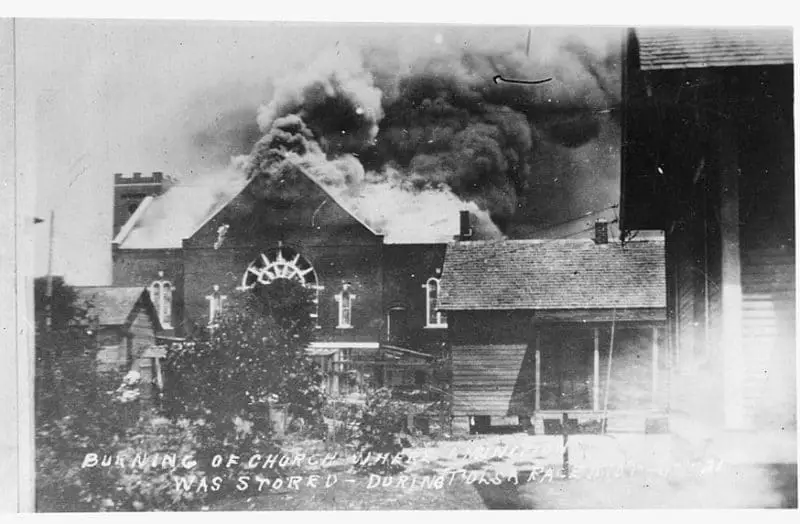
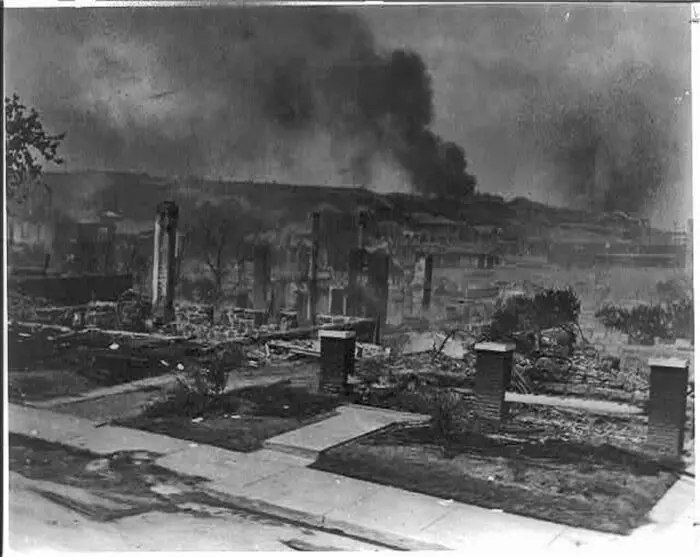
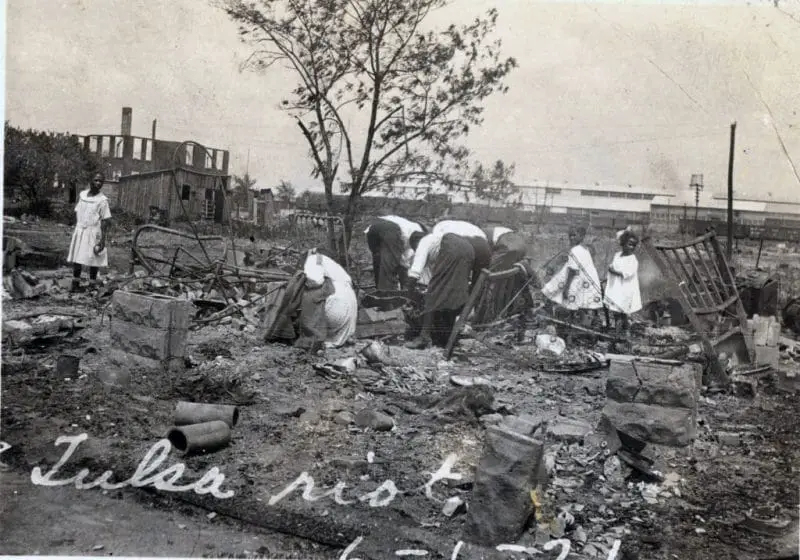
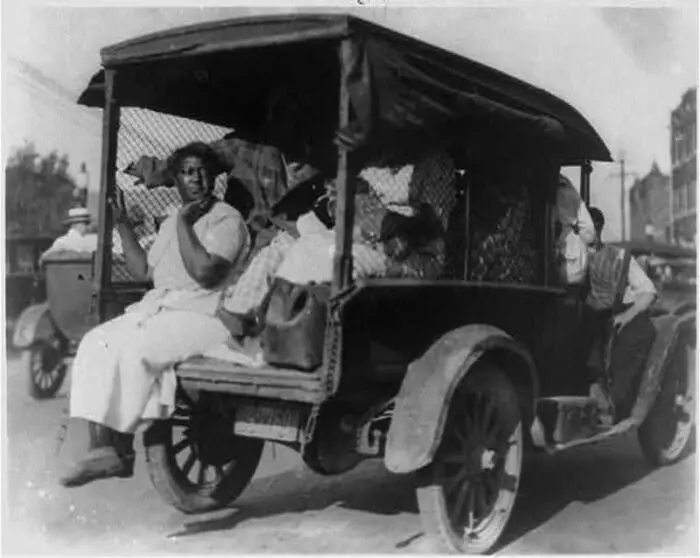
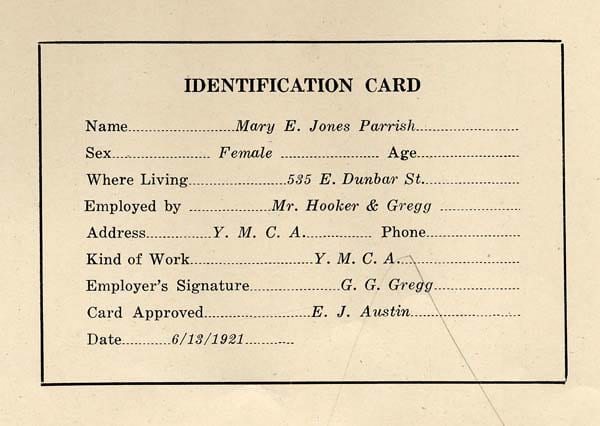
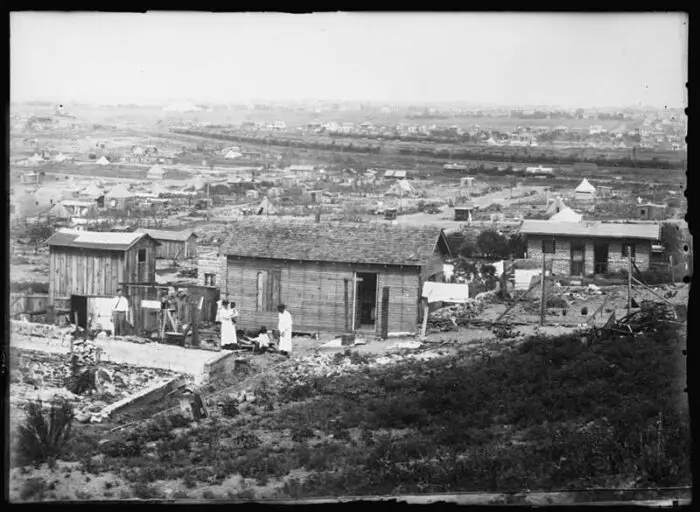
Hopefully you’ve learned a little something, now please learn more at the following sites::
•https://www.tulsahistory.org/exhibit/1921-tulsa-race-massacre
•https://tulsaraceriot.omeka.net/
•https://www.history.com/topics/roaring-twenties/tulsa-race-massacre
You should know (and this makes me furious) that Google refuses to index this post because they consider it “shocking content’ which is just part of the reason so many are uneducated.
